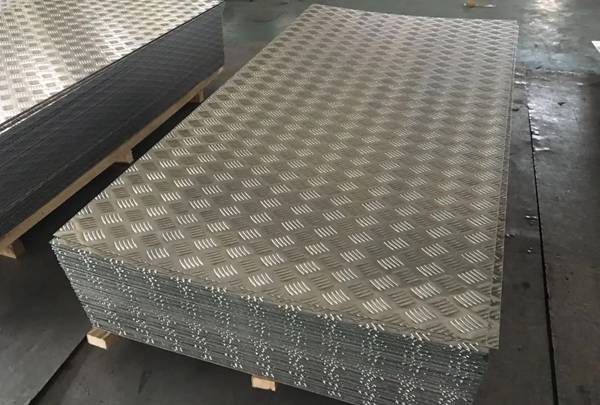Aluminium checker plates are versatile and widely used in various industries, but ensuring their optimal performance requires attention to detail. In this article, we explore five essential tips to help manufacturers, distributors, and users avoid potential pitfalls and maximize the benefits of aluminium checker plates.
1.Selecting the Right Alloy:
Begin by understanding the specific requirements of your project. Different aluminium alloys offer varying levels of strength, corrosion resistance, and durability. Choose the alloy that aligns with the intended application to ensure the longevity and effectiveness of the checker plates.
2.Proper Installation Techniques:
Incorrect installation can compromise the performance of aluminium checker plates. Ensure that installation is carried out by experienced professionals who follow recommended guidelines. Adequate fastening, appropriate support structures, and attention to detail during installation contribute to the longevity of the checker plates.
3.Regular Maintenance Practices:
Like any other material, aluminium checker plates benefit from regular maintenance. Periodically inspect the plates for signs of wear, corrosion, or damage. Implementing a routine maintenance schedule, including cleaning and protective coatings, can significantly extend the lifespan of the checker plates.
4.Consider Environmental Factors:
The environment in which aluminium checker plates are used plays a crucial role in their performance. Factors such as exposure to corrosive substances, extreme temperatures, and heavy loads should be considered. Selecting the appropriate alloy and implementing preventive measures based on the environment can prevent premature failure.
5.Adherence to Load Limits:
Aluminium checker plates are designed to withstand specific loads, and exceeding these limits can lead to failure. Clearly understand the load-bearing capacity of the chosen checker plates and ensure that the application adheres to these specifications. This proactive approach minimizes the risk of structural failure and enhances the safety of the overall project.
In the world of aluminium checker plates, success lies in attention to detail and adherence to best practices. By selecting the right alloy, employing proper installation techniques, implementing regular maintenance, considering environmental factors, and adhering to load limits, manufacturers and users can avoid potential failures and unlock the full potential of aluminium checker plates. These tips not only enhance the durability of the material but also contribute to the safety and efficiency of the projects in which they are employed.

